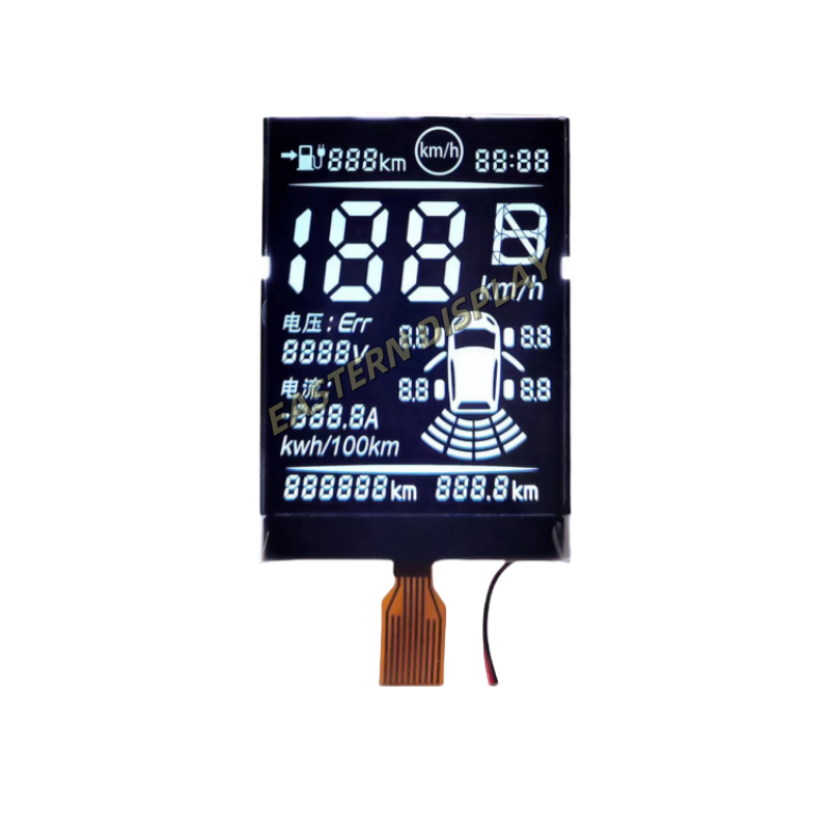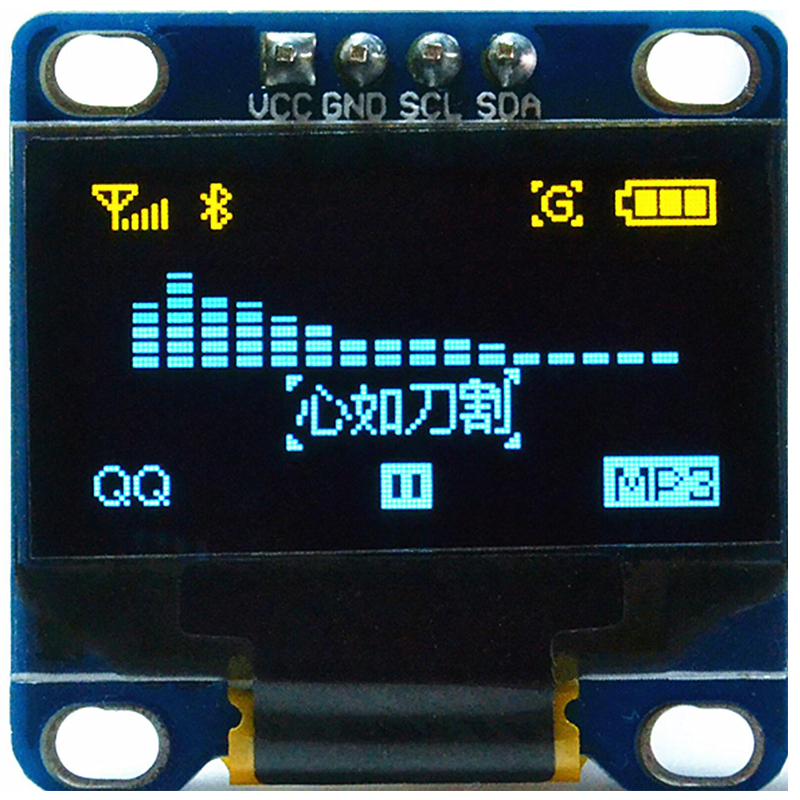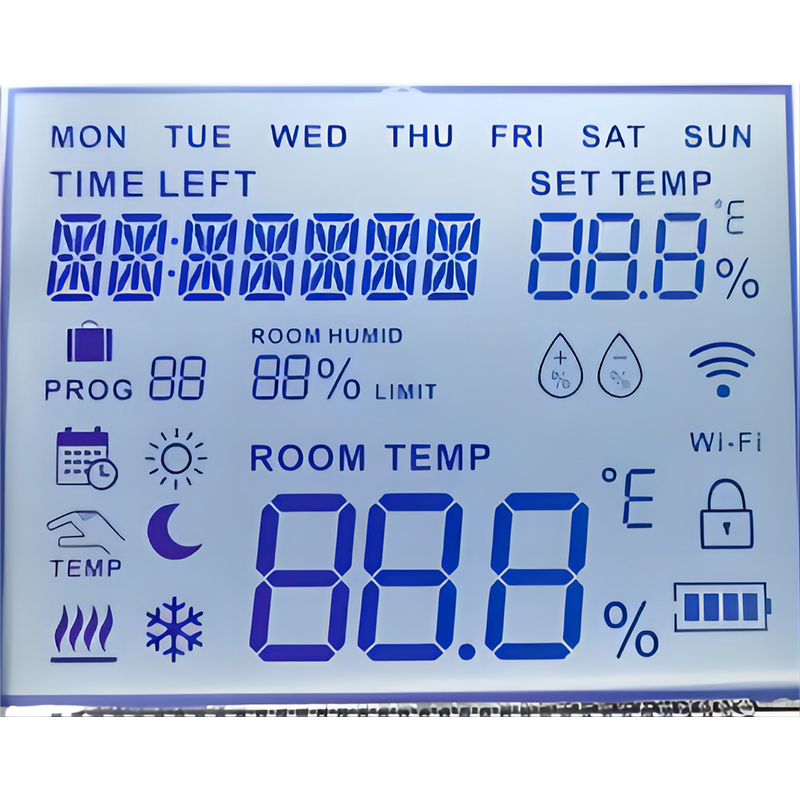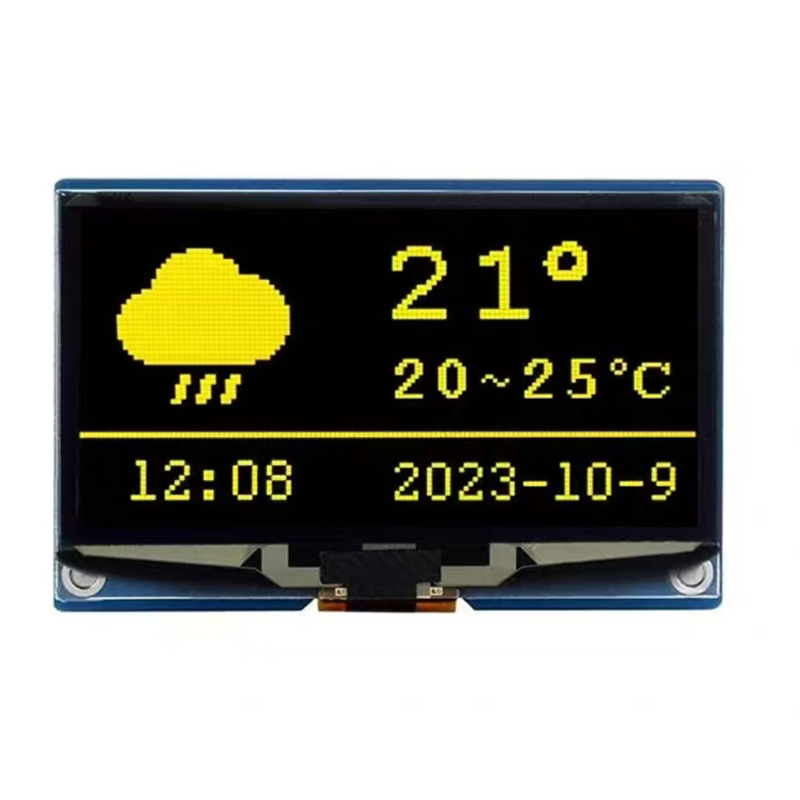
The world of Arduino TFT displays with I2C interfaces offers a wide array of options, making it challenging to choose the right one. This comprehensive guide will walk you through the key considerations to ensure you select a module that meets your project's specific needs and expectations. Whether you're building a simple data logger or a complex industrial control system, understanding these factors is crucial for success.
The I2C (Inter-Integrated Circuit) interface is a two-wire serial communication protocol that simplifies the connection of multiple devices to a microcontroller, like your Arduino. Its simplicity and low pin count make it a popular choice for Arduino TFT displays, reducing wiring complexity and saving valuable I/O pins on your board. Compared to other interfaces like SPI, I2C's simplicity is often preferred for its ease of use, particularly for beginners.
The resolution of your Arduino TFT display directly impacts the amount of detail you can display. Higher resolutions provide sharper images and more information per screen, but they often come with higher power consumption and potentially increased cost. Common resolutions include 128x128, 240x320, and 320x480 pixels. Carefully consider the complexity of your project's graphical requirements when selecting a resolution.
The physical size of the display is a crucial factor. Consider the available space in your project's enclosure and the desired viewing distance. While larger displays offer more visible information, they might not be suitable for space-constrained projects. Always check the manufacturer's specifications for precise dimensions before purchasing.
Some Arduino TFT displays offer integrated touchscreen functionality, providing an intuitive user interface. This feature is ideal for projects requiring user interaction, such as data entry or control applications. If you need a touchscreen, ensure the chosen module supports resistive, capacitive, or other relevant touchscreen technologies.
The type of backlight used significantly influences the display's visibility in different lighting conditions. Common options include LED backlights, which are often available in various colors (e.g., white, blue, green). Consider the ambient light conditions where your project will be used and choose a backlight that ensures optimal readability.
Power consumption is a critical consideration, especially for battery-powered projects. Check the manufacturer's specifications for typical current draw and ensure it aligns with your power budget. Lower power consumption can extend the operational life of your project considerably.
Selecting a reliable supplier is essential to ensure the quality and consistency of your Arduino TFT display I2C modules. Look for manufacturers with a proven track record, positive customer reviews, and a strong focus on quality control. Consider factors like warranty policies and readily available technical support. A reputable supplier will provide accurate specifications, datasheets, and libraries to facilitate seamless integration with your Arduino project.
For high-quality Arduino TFT displays and related components, consider exploring options from experienced manufacturers. One such example is Dalian Eastern Display Co., Ltd., a company known for its commitment to quality and customer satisfaction. They offer a range of display solutions, and their expertise can be invaluable when choosing the optimal component for your application.
Choosing the right Arduino TFT Display I2C module is a crucial step in any project. By considering factors like resolution, interface, features, and the reliability of your supplier, you can significantly increase your chances of project success. Remember to always carefully review datasheets and specifications to ensure compatibility with your Arduino board and project requirements. With careful planning and consideration, you can select the perfect display to bring your creative vision to life.












